
Essential Wood Finishing Safety Tips: Protecting Yourself and Your Projects
Woodworking can be a deeply rewarding craft, but it also comes with its own set of hazards, particularly when it comes to finishing. From volatile chemicals to fine dust particles, there are several risks to be aware of. However, with the right precautions and safety measures, you can enjoy your woodworking projects without putting yourself or others in harm’s way. In this blog post, we’ll explore essential wood finishing safety tips to help you protect yourself and achieve beautiful results.
1. Work in a Well-Ventilated Area:
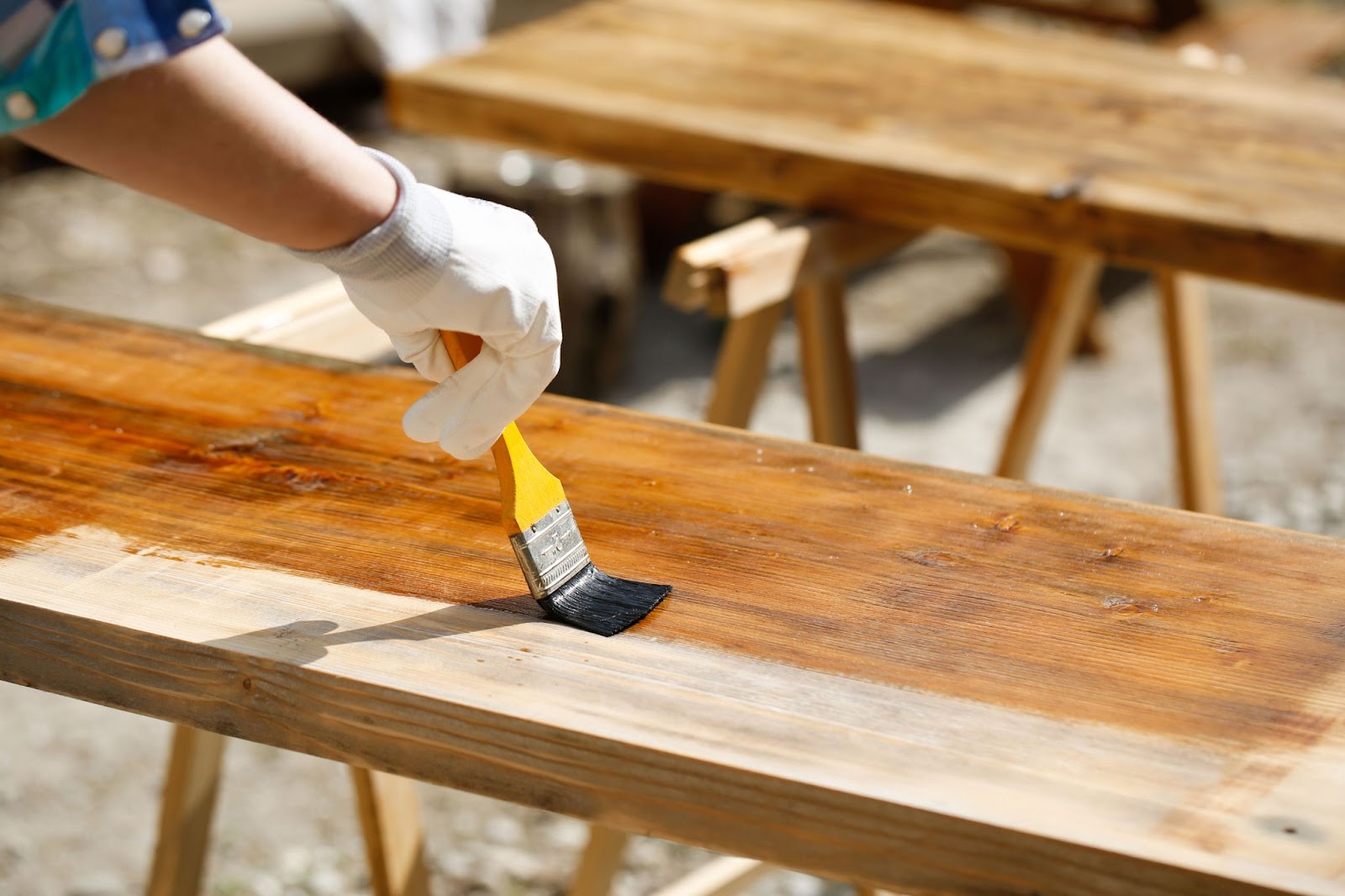
Proper ventilation is crucial when working with wood finishes. Many finishes contain volatile organic compounds (VOCs) that can be harmful if inhaled in high concentrations. Ensure your workspace has adequate airflow by opening windows and using fans or exhaust systems to remove fumes.
2. Wear Personal Protective Equipment (PPE):
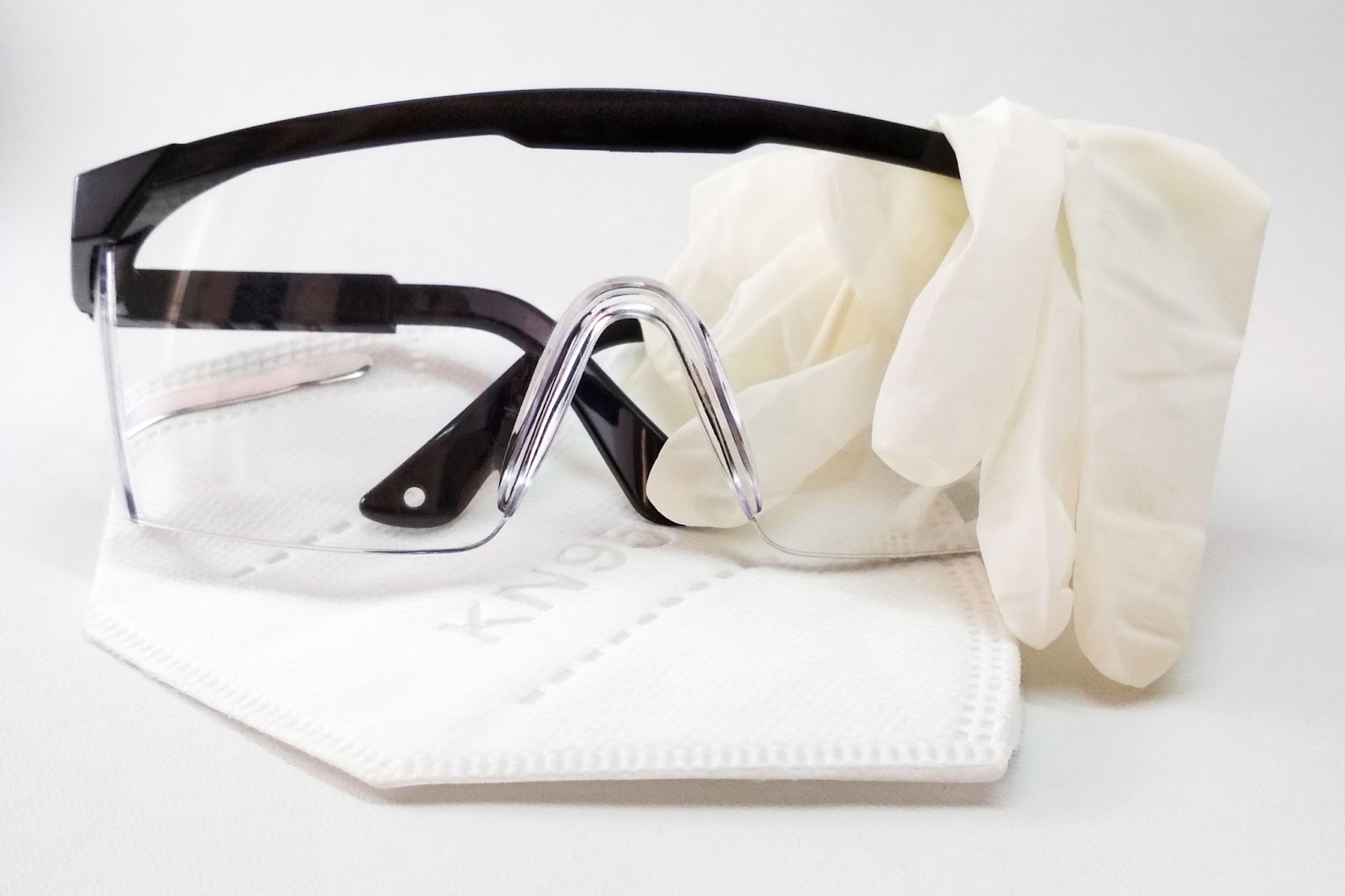
Always wear appropriate PPE, including safety goggles, a respirator mask, and gloves, when working with wood finishes. Safety goggles protect your eyes from splashes and airborne particles, while a respirator prevents inhalation of harmful fumes. Gloves shield your skin from direct contact with chemicals.
3. Read and Follow Product Labels:
Before using any wood finishing product, carefully read and follow the instructions and safety warnings on the label. Pay attention to recommended application methods, drying times, and precautions for safe use. Never overlook these guidelines, as they can help prevent accidents and ensure optimal results.
4. Avoid Open Flames and Sparks:
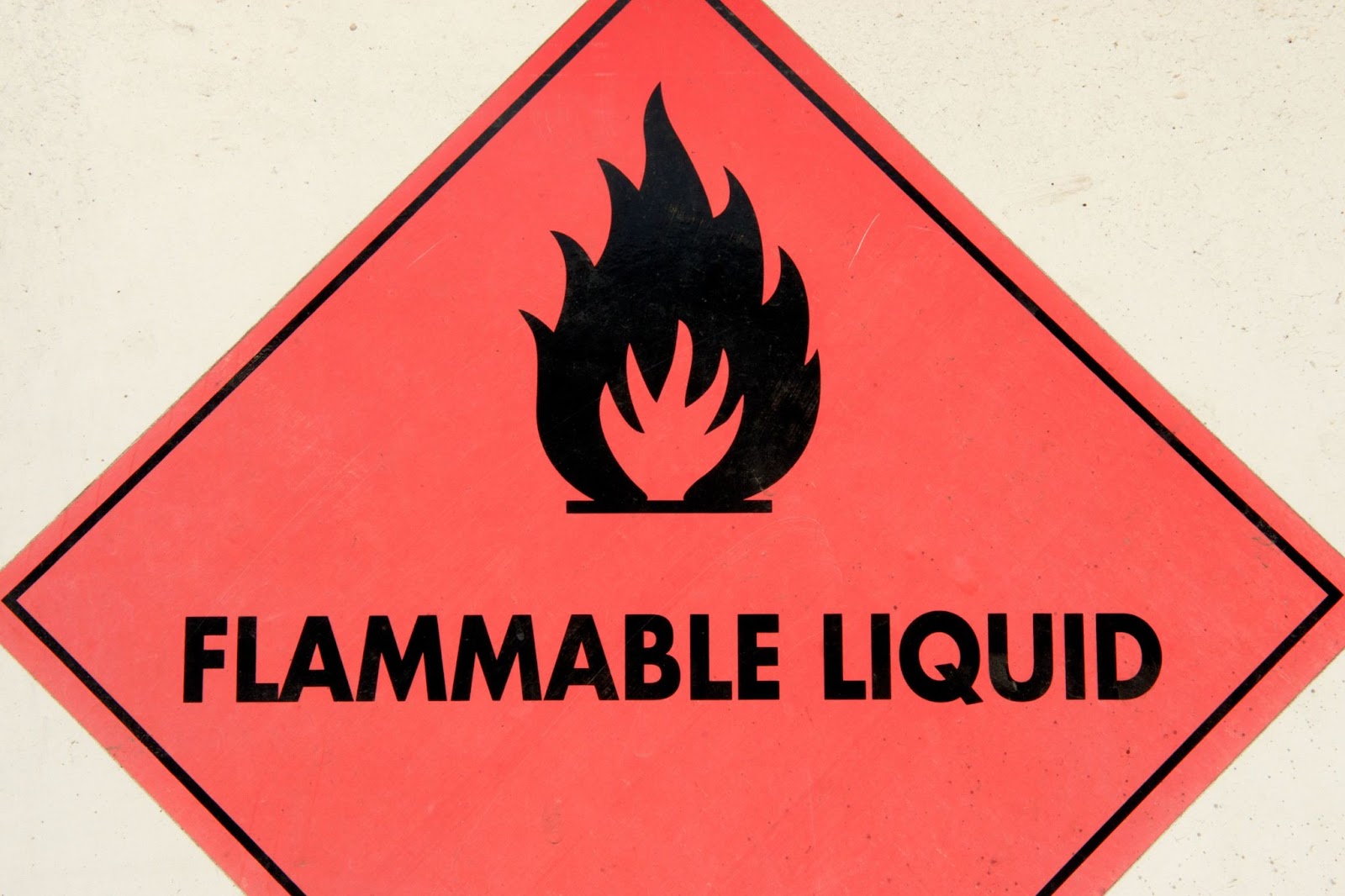
Many wood finishes are flammable, posing a fire hazard if exposed to open flames or sparks. Keep all sources of ignition, such as cigarettes, candles, and electrical equipment, away from your workspace. Additionally, use non-sparking tools to minimize the risk of accidental ignition.
5. Dispose of Rags and Brushes Properly:
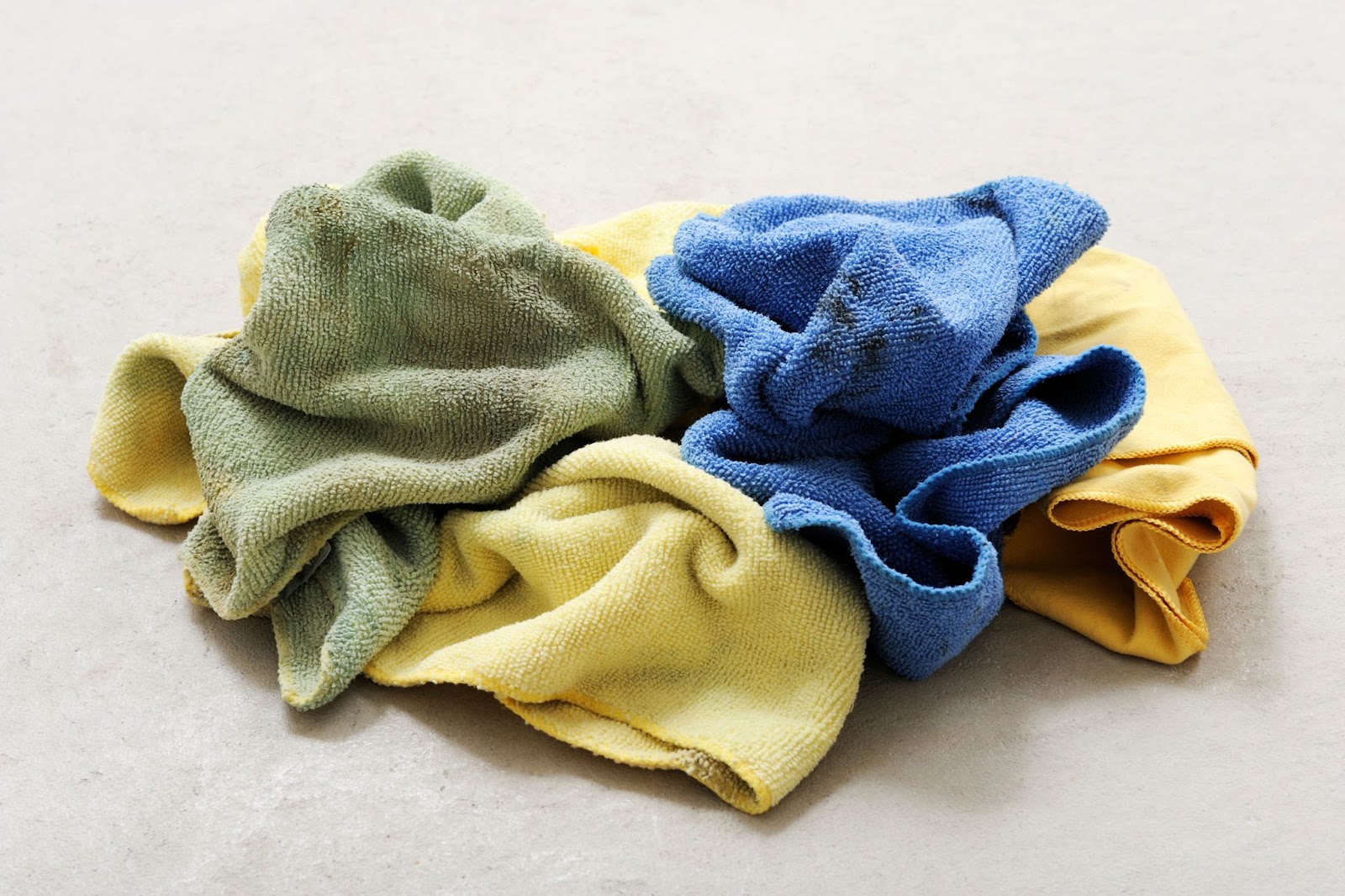
Used rags, brushes, and other applicators can spontaneously combust when soaked with certain finishing products. To prevent fire hazards, dispose of them properly by soaking them in water or placing them in a metal container with a tight-fitting lid. Never leave them bunched up or exposed to heat sources.
6. Protect Against Dust Exposure:
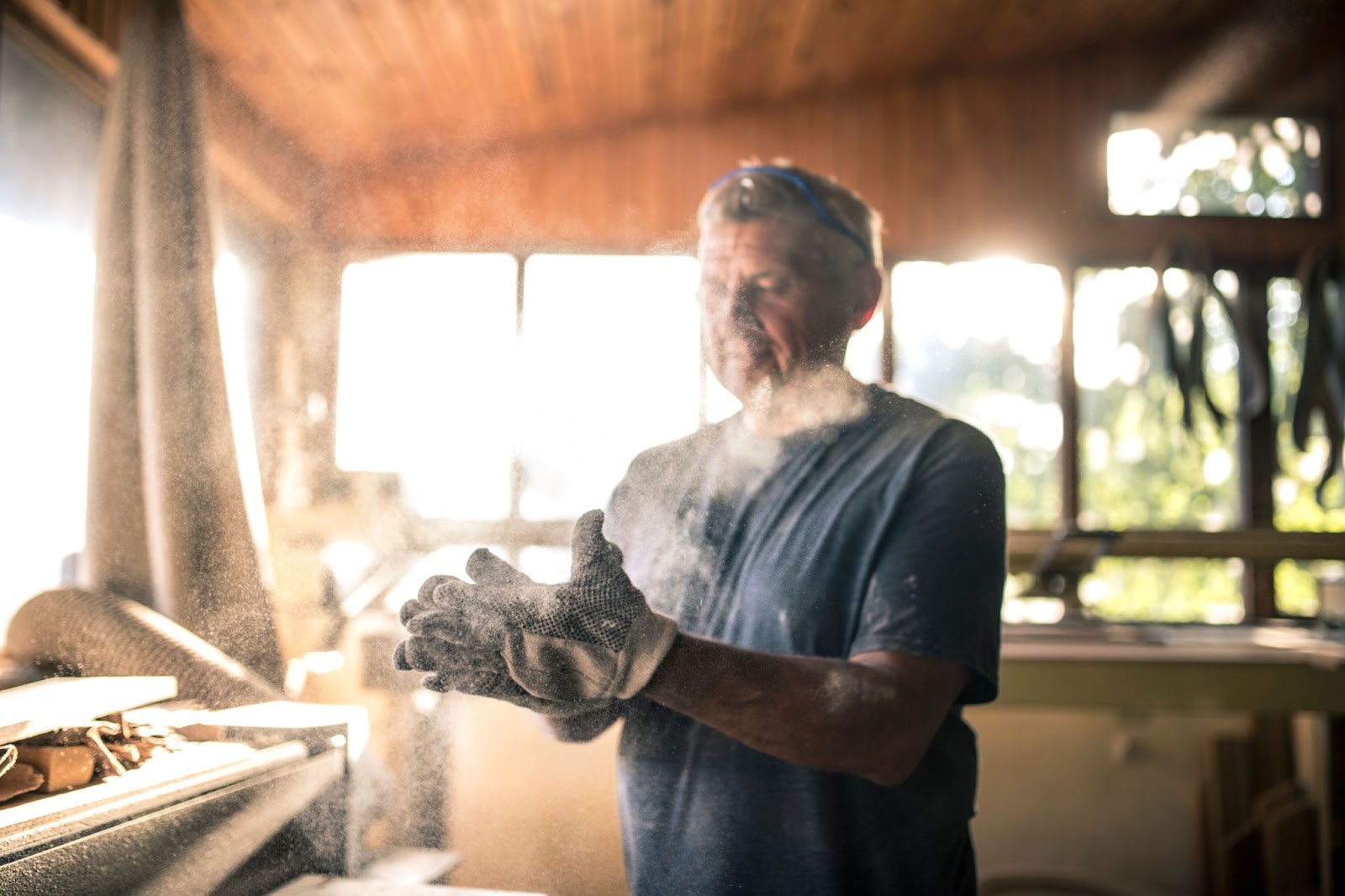
Sanding wood prior to finishing generates fine dust particles that can pose respiratory hazards if inhaled. Use a dust mask or respirator rated for fine particles to protect your lungs. Consider investing in a dust collection system for your workshop to minimize airborne dust and maintain a cleaner, healthier environment.
7. Store Finishing Products Safely:
Store wood finishing products in their original containers with tightly sealed lids, and keep them out of reach of children and pets. Store flammable products away from heat sources and in a cool, well-ventilated area to reduce the risk of accidental fires or chemical reactions.
8. Clean Up Spills Promptly:
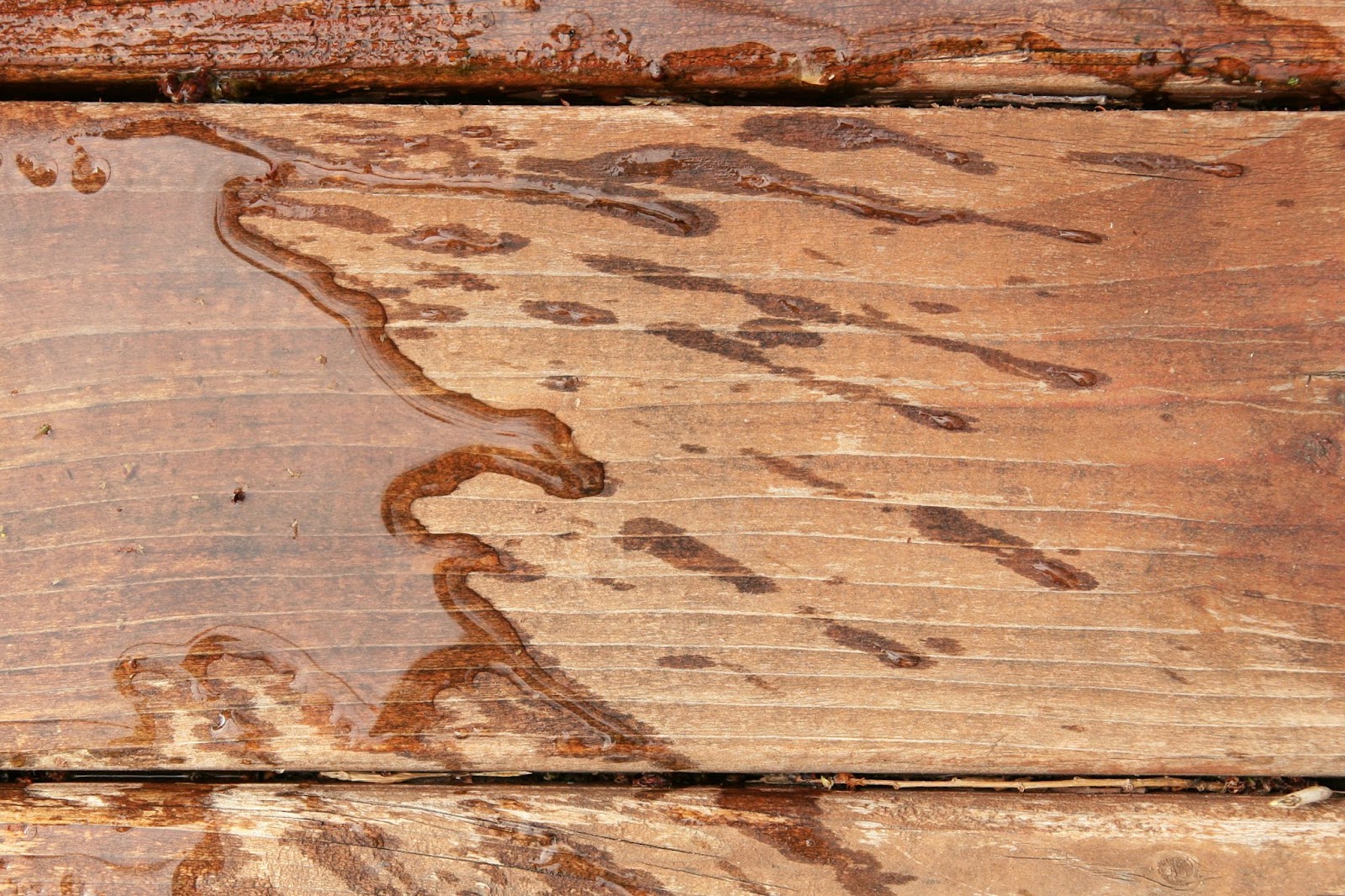
In the event of a spill, clean it up immediately using appropriate cleanup materials and techniques specified for the type of finish involved. Avoid spreading the spill or allowing it to evaporate, as this can release harmful fumes or pose a slipping hazard. Dispose of contaminated materials properly.
Wood finishing is the final step in bringing your woodworking projects to life, but it’s essential to prioritize safety throughout the process. By following these wood finishing safety tips, you can minimize risks, protect yourself and your surroundings, and enjoy the satisfaction of creating beautiful, long-lasting woodwork safely. Remember, safety should always be your top priority in the workshop. Happy woodworking!
